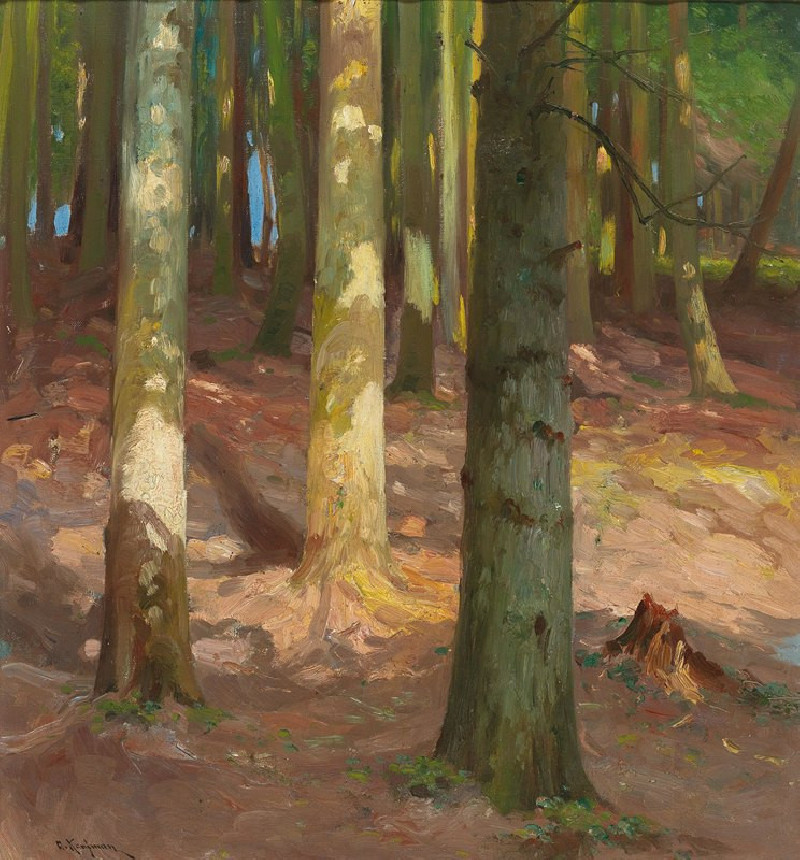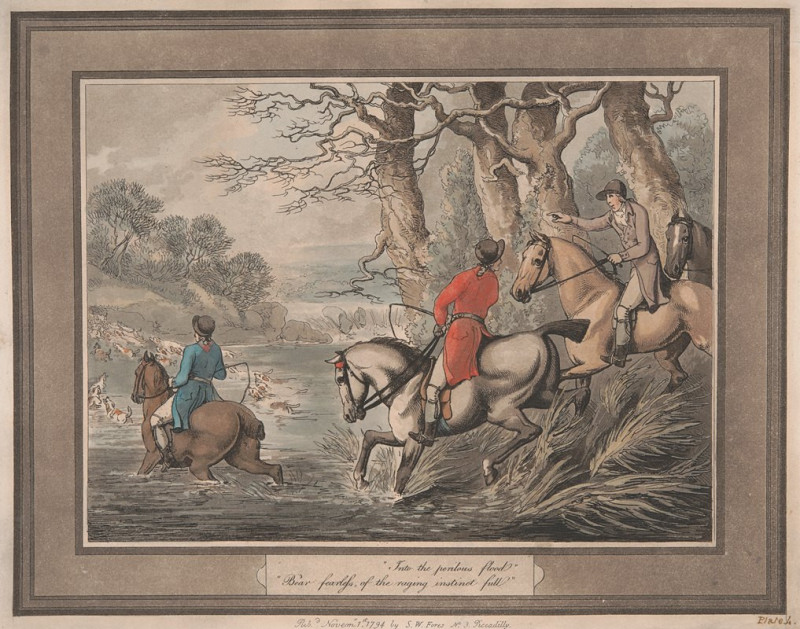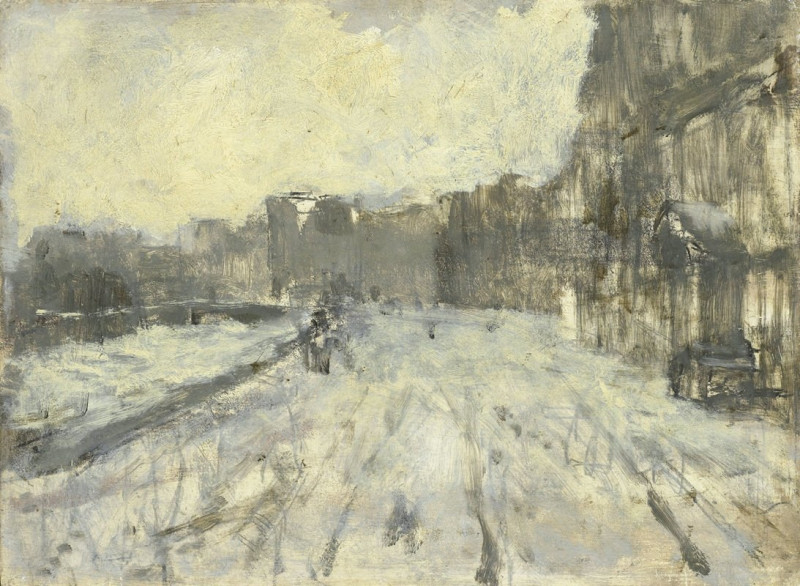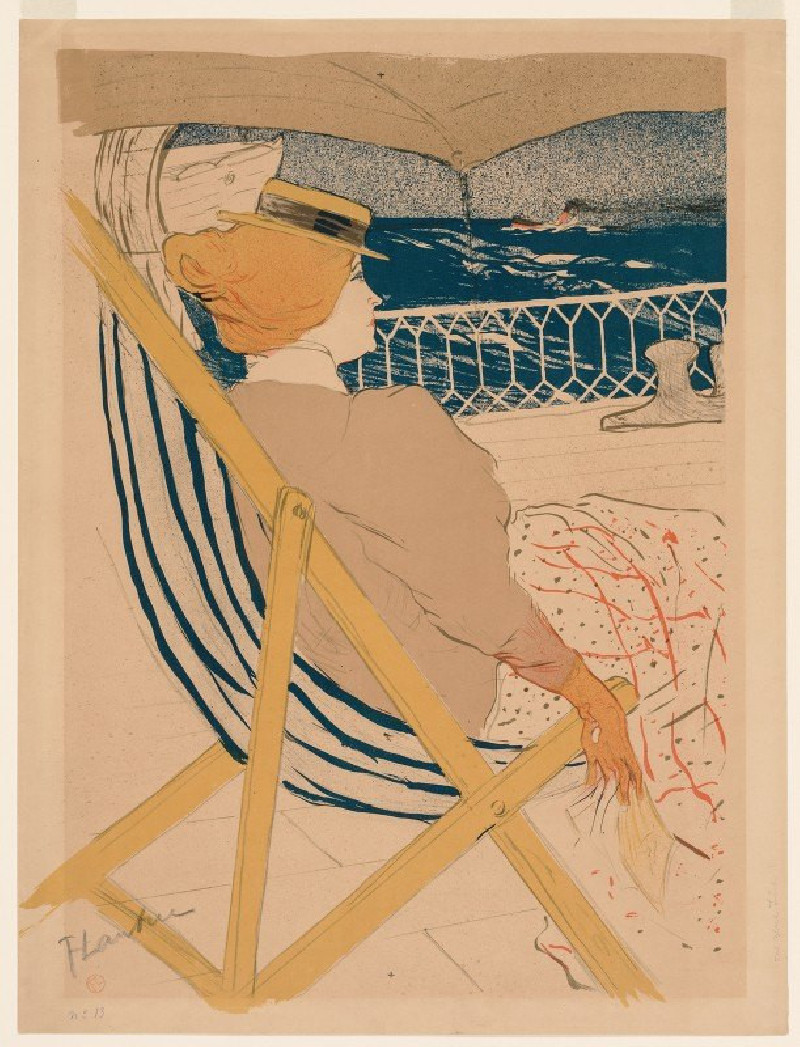The Beach at Terracina (1902)
Technique: Giclée quality print
Recommended by our customers
More about this artwork
Thorvald Erichsen’s painting titled "The Beach at Terracina," crafted in 1902, is an enchanting depiction of a serene seaside setting. The landscape beautifully captures a tranquil beach scene in Terracina, characterized by sweeping views that stretch to the horizon and evoke a peaceful day by the sea.In the foreground, lush green trees gently frame the scene, giving way to a sandy beach that curves gracefully along the coast. Small groups of leisurely strolling visitors dot the landscape, lending a sense of life and activity to the otherwise calm environment. The painting portrays a broad and lively scene, with people engaging in relaxed, social interaction, providing a glimpse into a day in the life at Terracina beach.Prominently positioned in the background is an imposing structure that overlooks the sea, possibly a grand hotel or a private residence. The architecture adds a formal touch to the natural landscape. The vivid blues of the sea contrast with the earthy tones of the beach and the lush greenery, creating a visually rich tapestry.Thorvald Erichsen, known for his landscape paintings, utilizes a palette that captures the luminous quality of natural light, and his brushwork imparts a sense of movement to the sea and the leaves in the wind. His piece not only captures a moment in time but also invites the viewer to feel the gentle breeze and hear the soft sounds of the wavy waters.
Delivery
Returns
Thorvald Erichsen was a Norwegian Post-Impressionist painter; primarily known for landscapes and still lifes.
Thorvald Erichsen was born in Trondheim, Norway. He was the son of Ernst Erichsen (1820-1869) and Trine Jensine Rian (1829-1884). Erichsen's father was a confectioner and died when Erichsen was very young.
Although at first he wanted to be a pianist, in 1886 he began studying law, then dropped out and attended a painting school run by Knud Bergslien, where he completed a course in arts and crafts. He later moved to Copenhagen, where he became a student of Christian Zahrtmann, who had a greater influence on his artistic development.

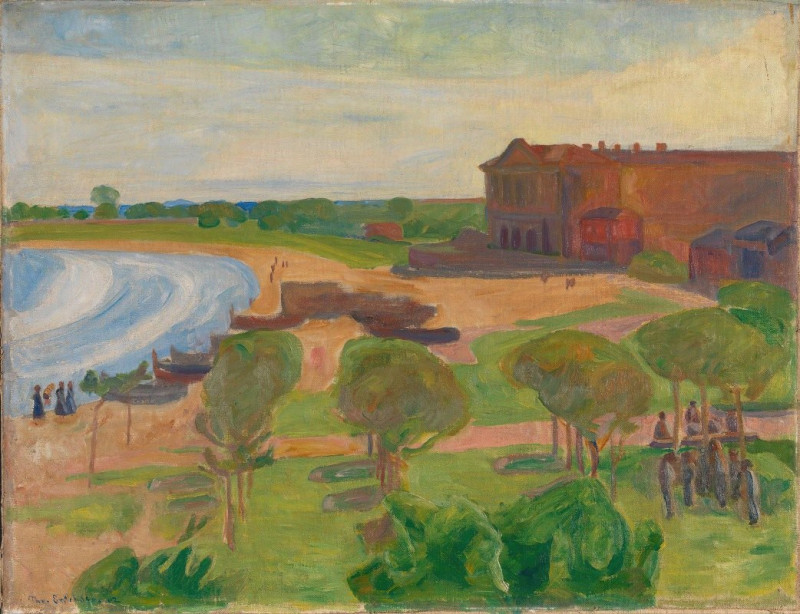
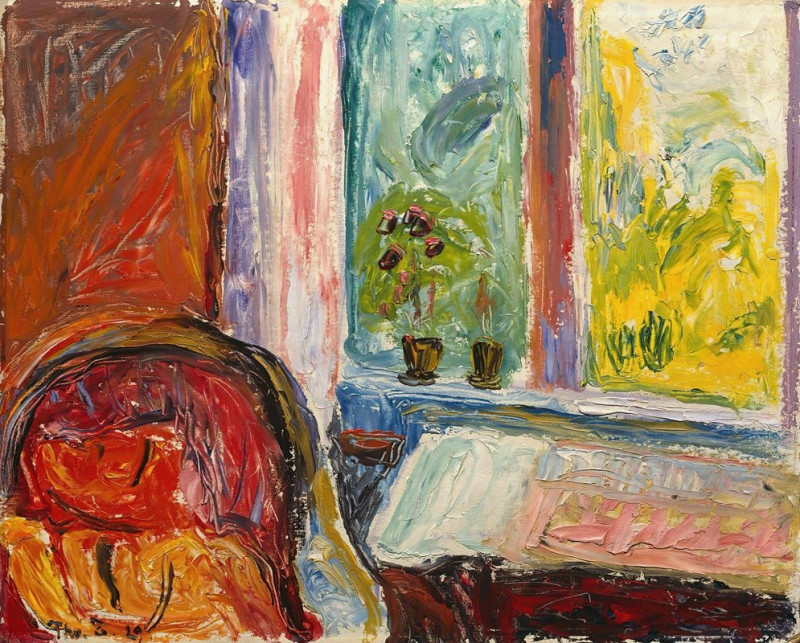
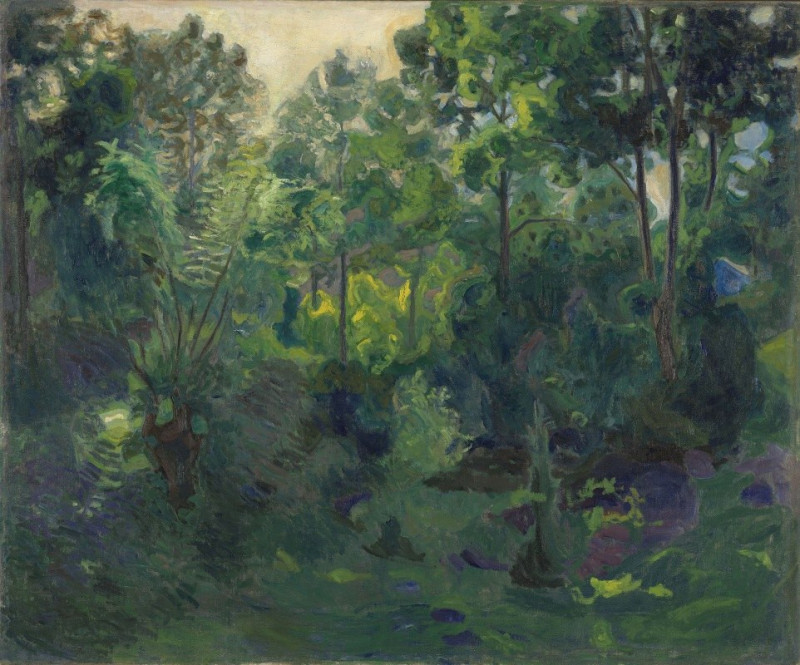

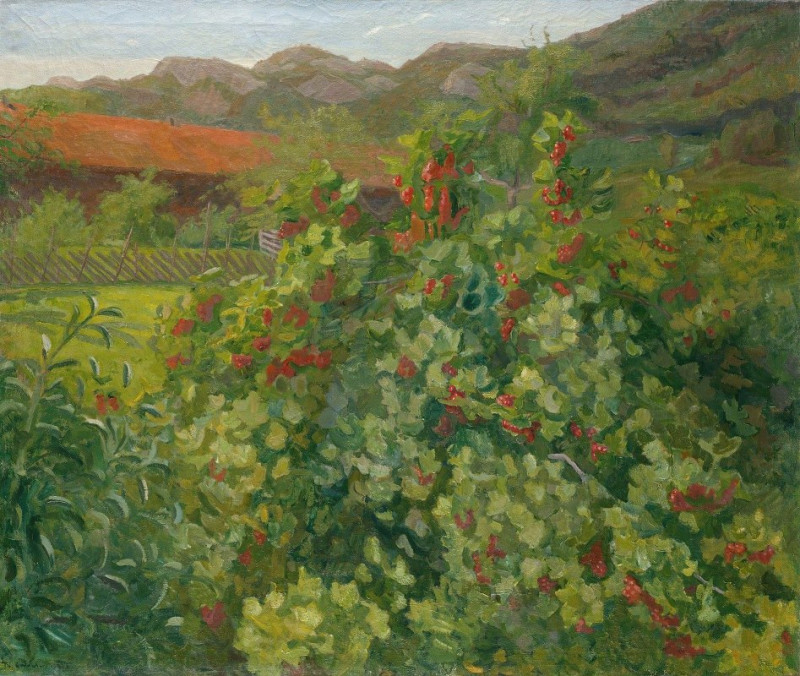
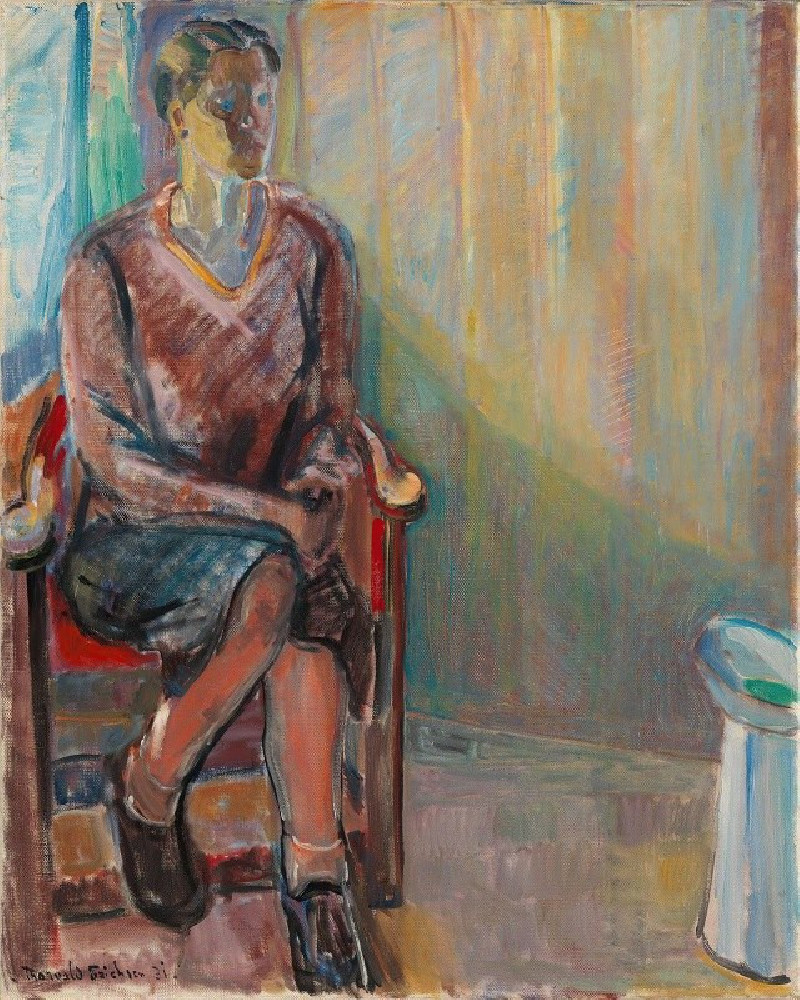
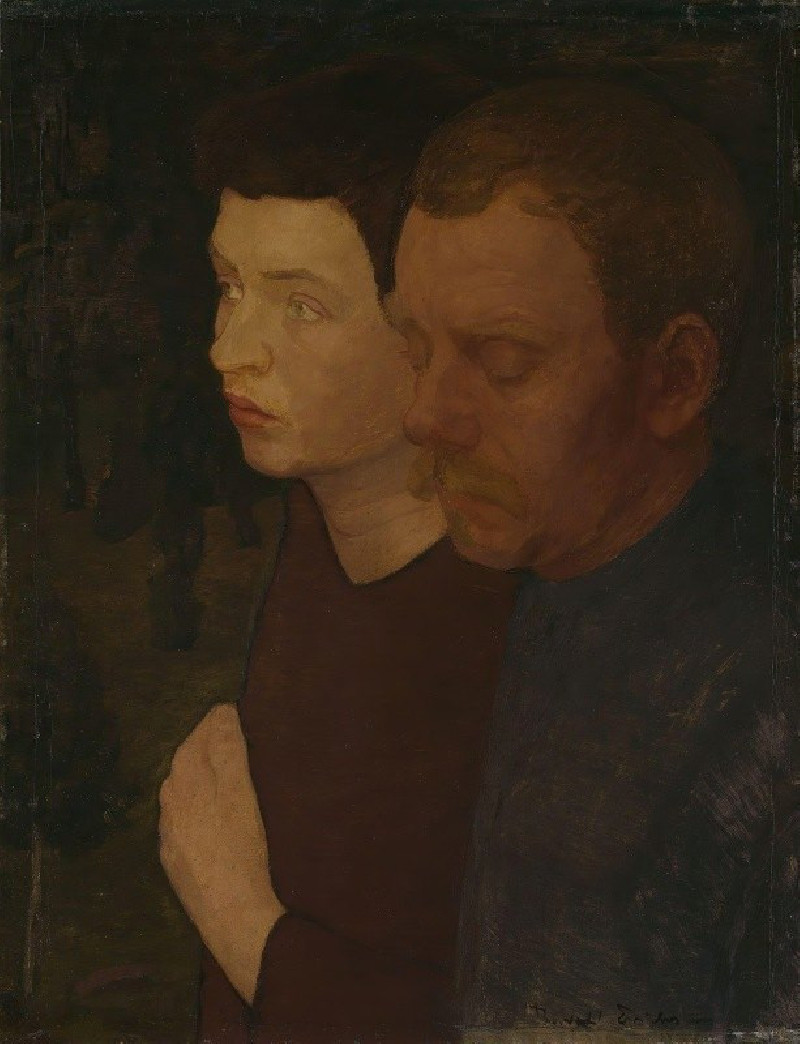
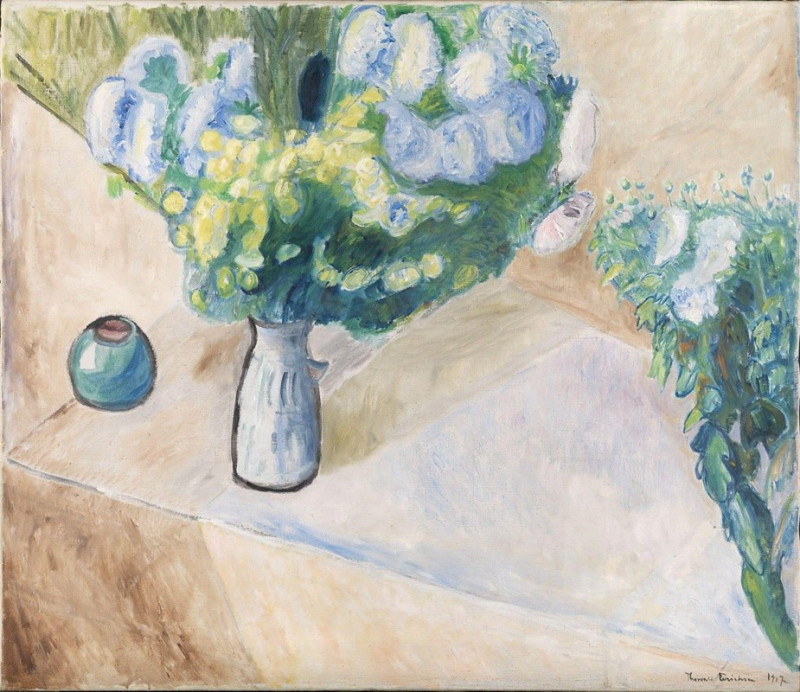

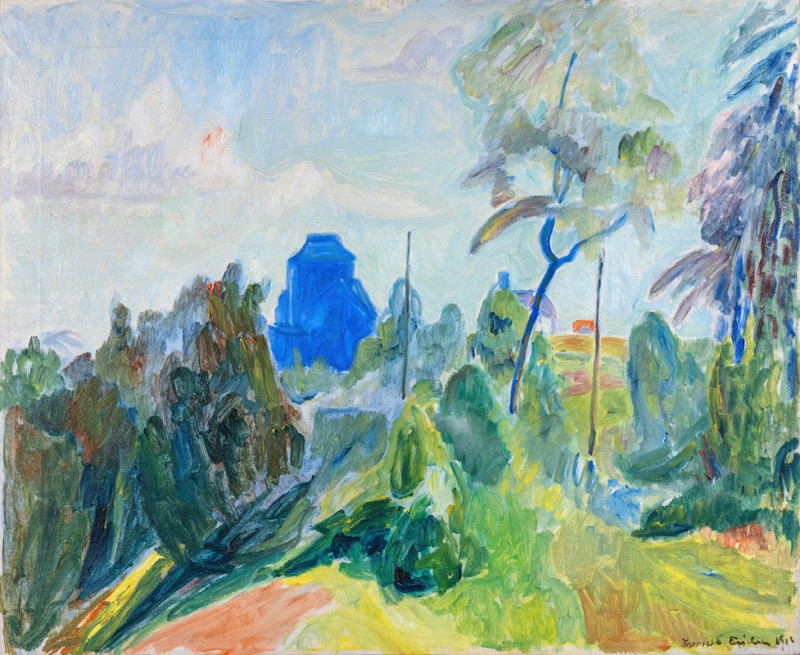
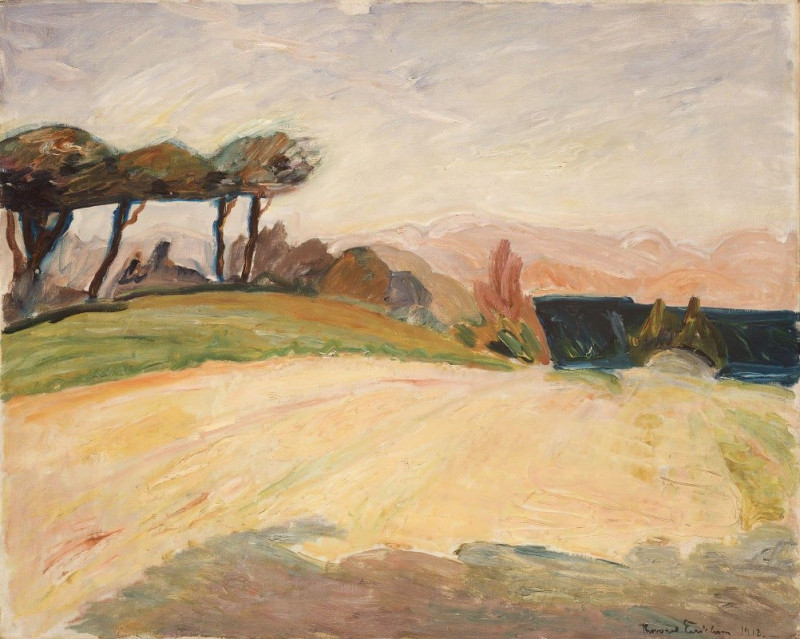
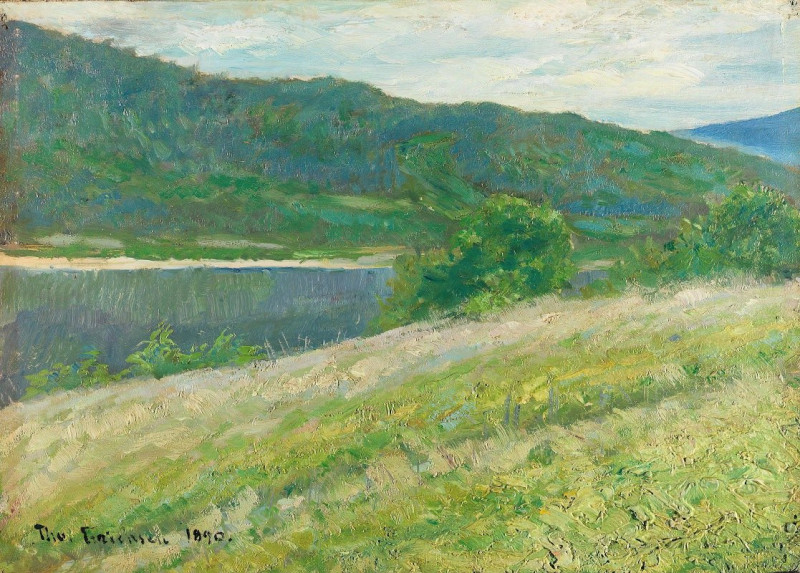
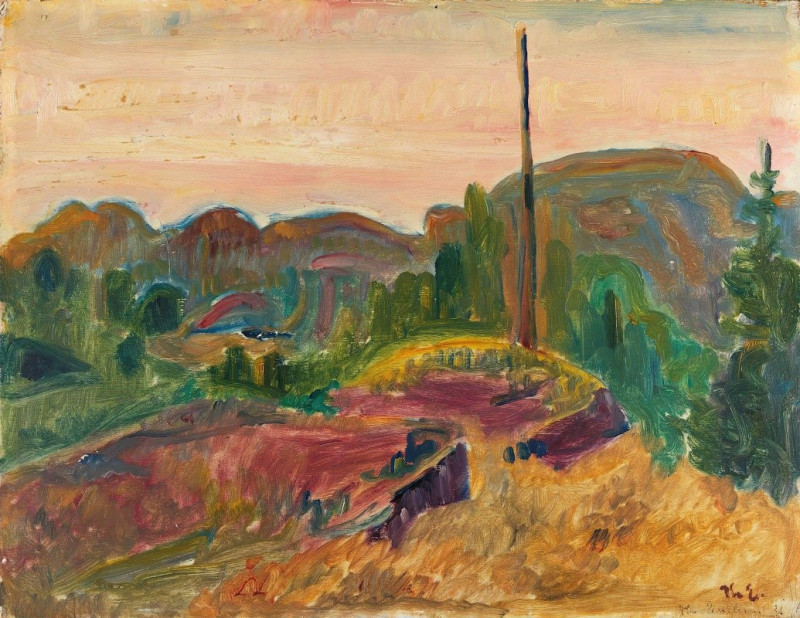
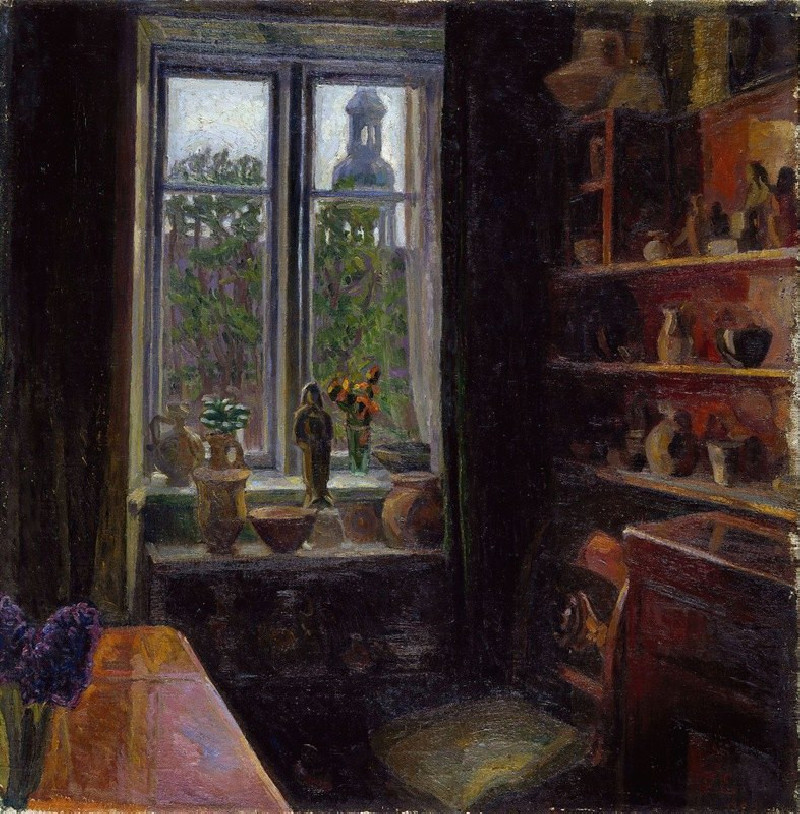
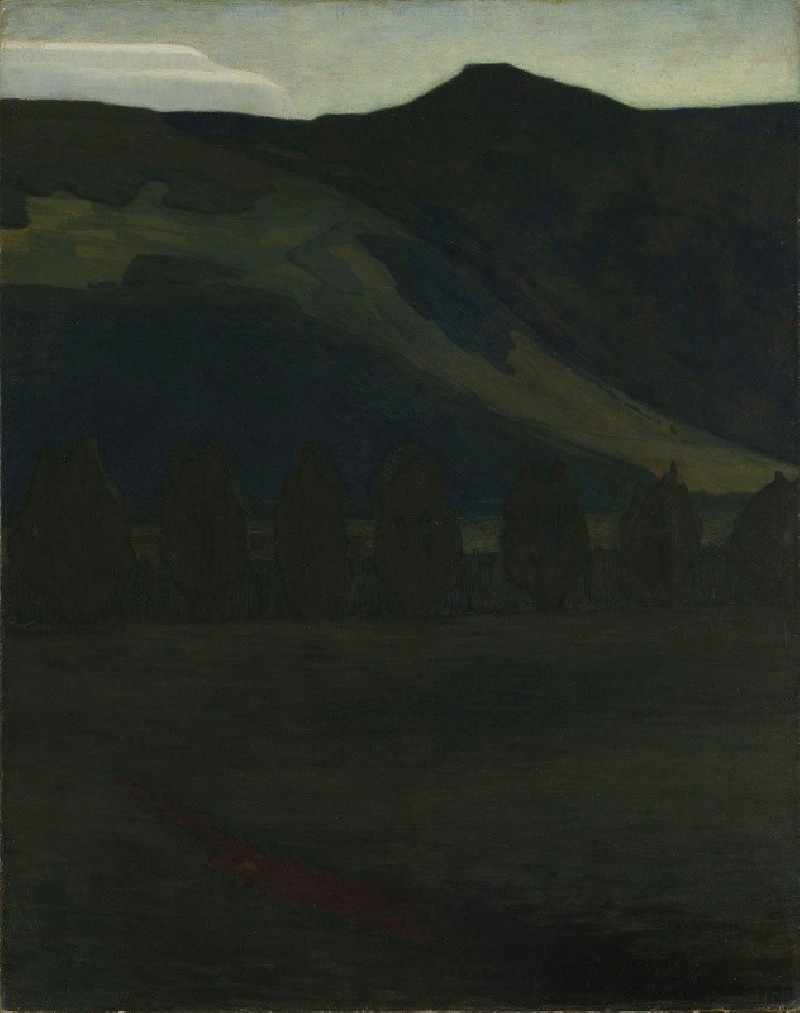
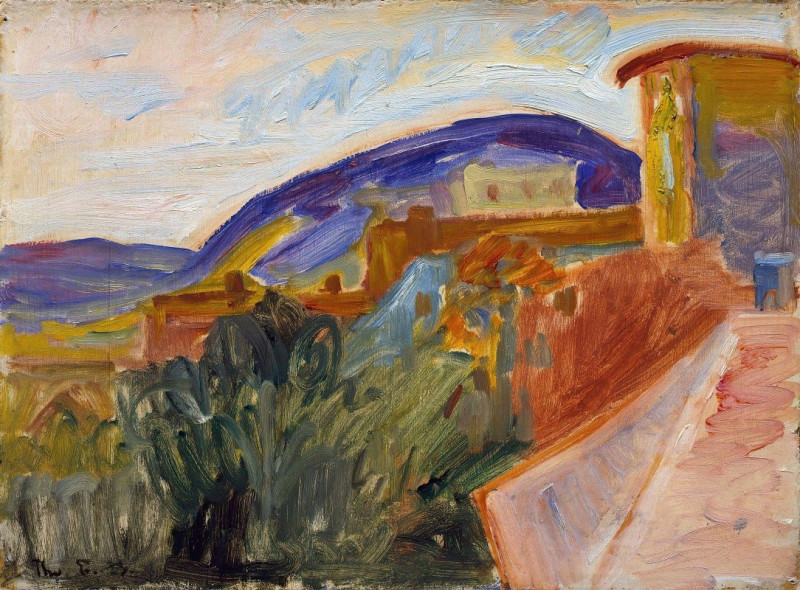
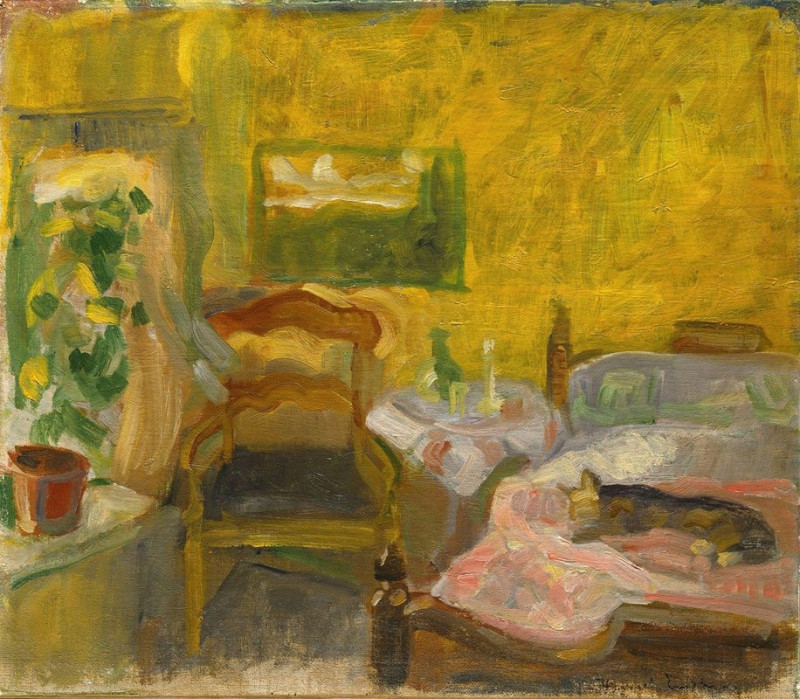


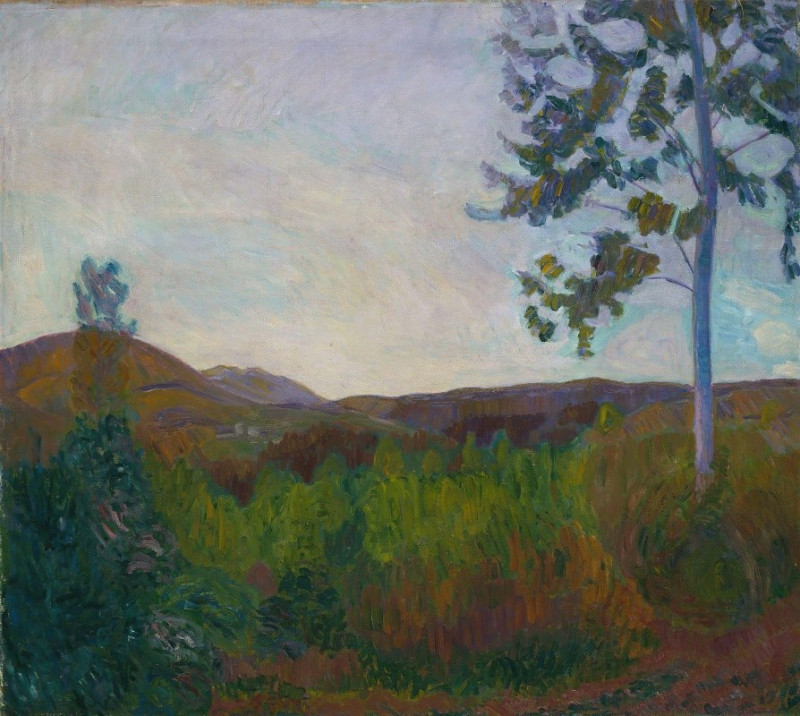
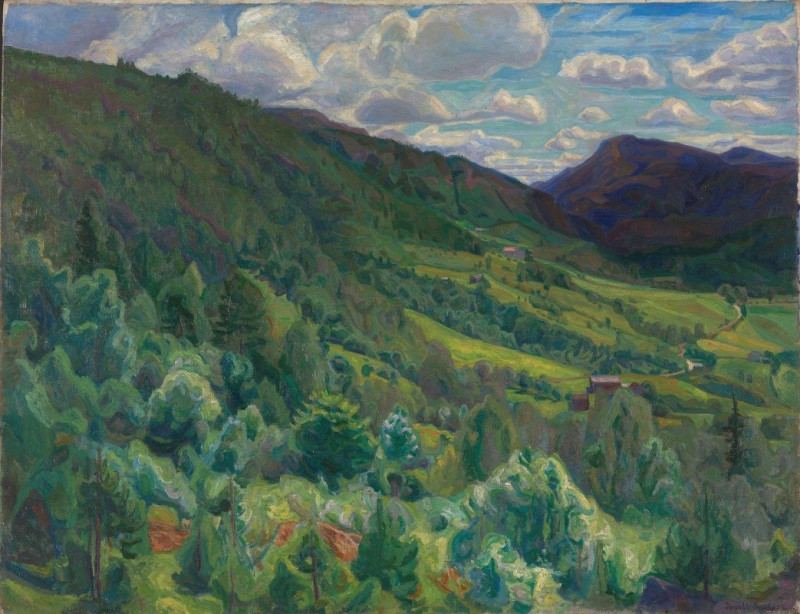


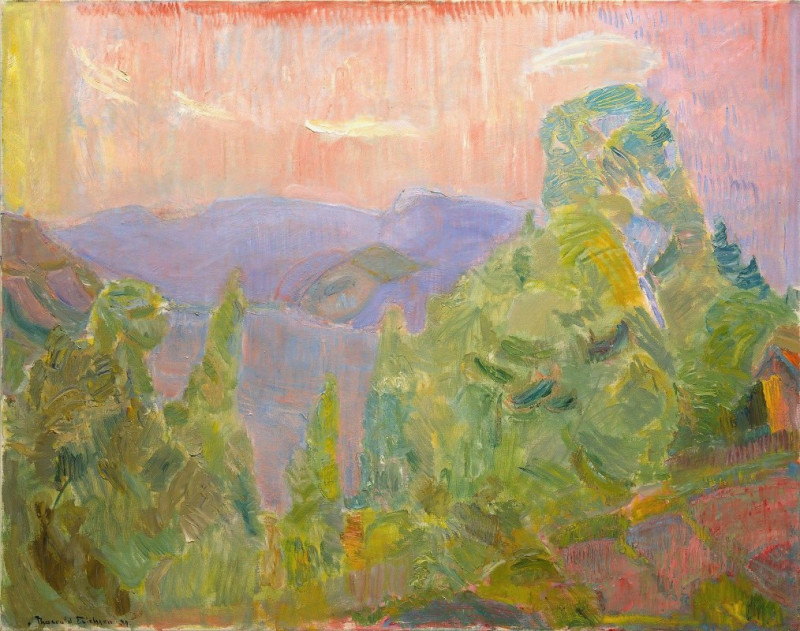

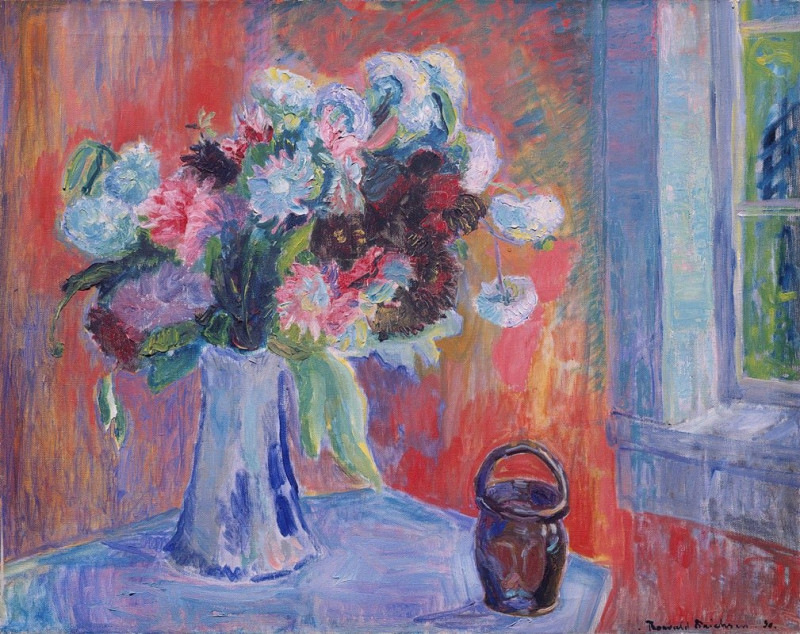
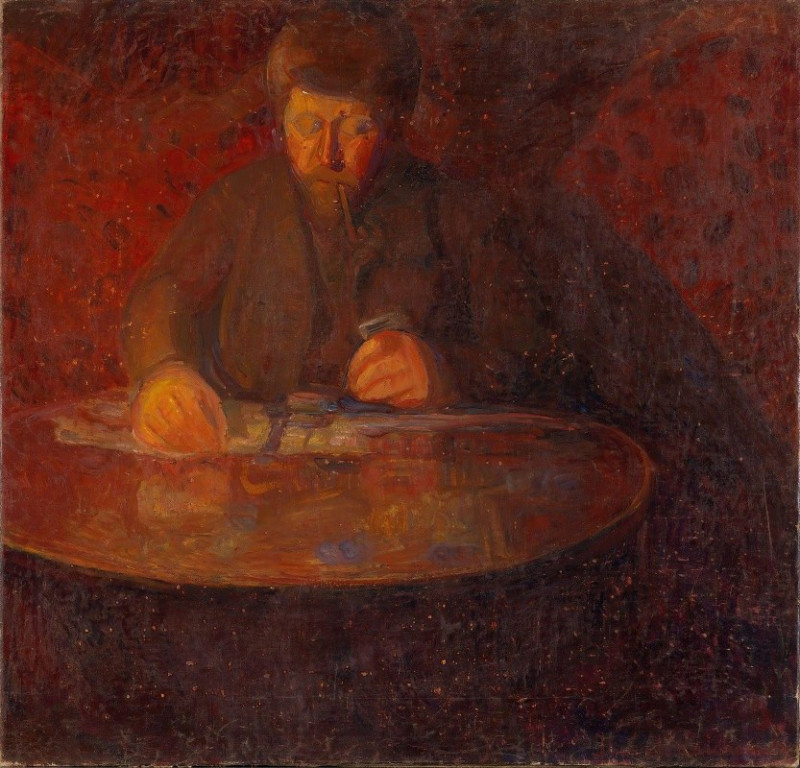

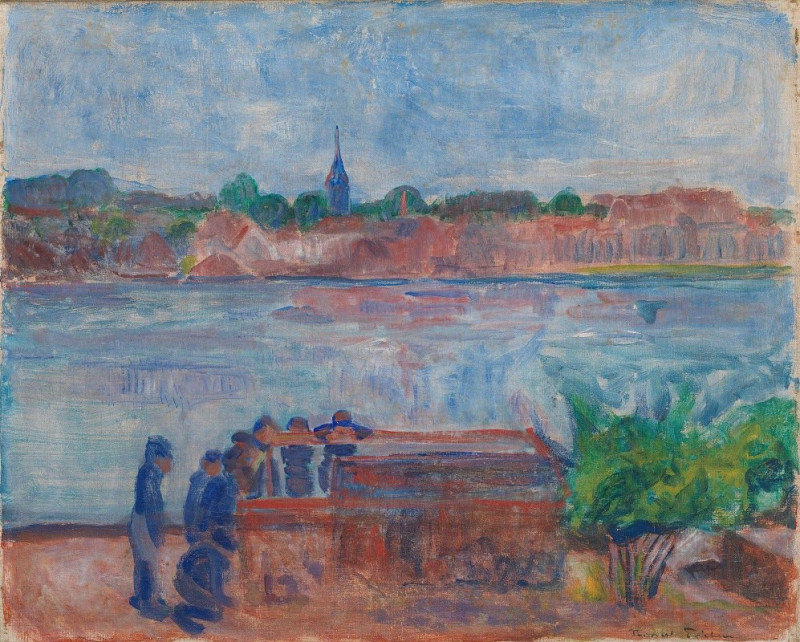
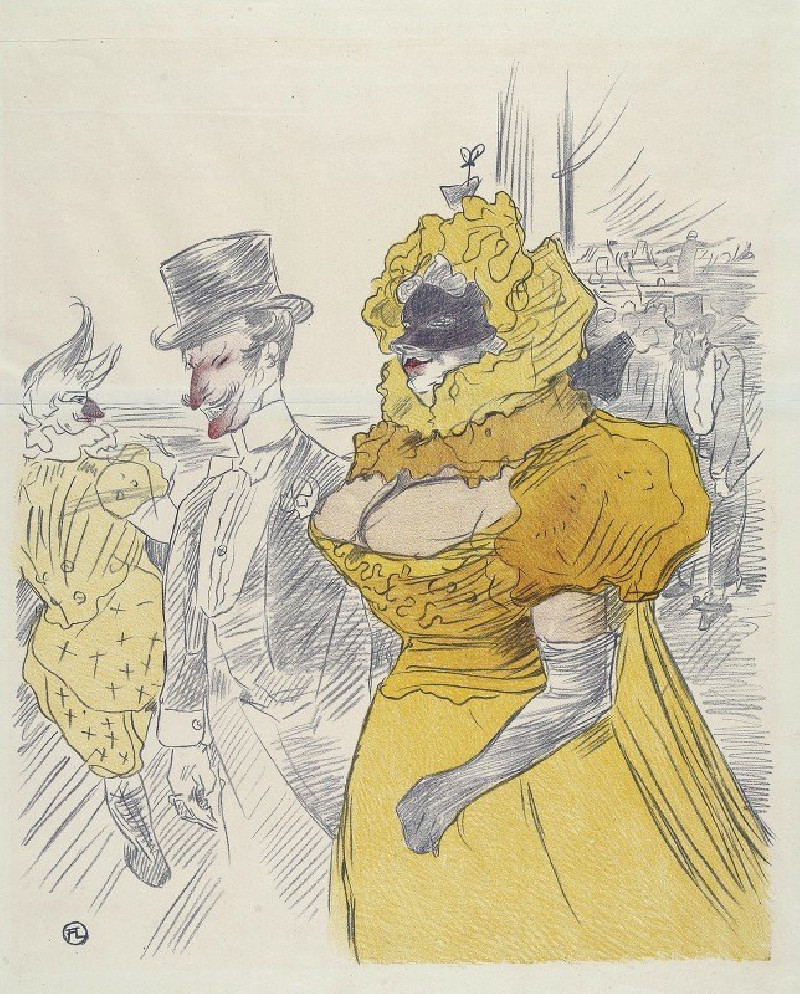
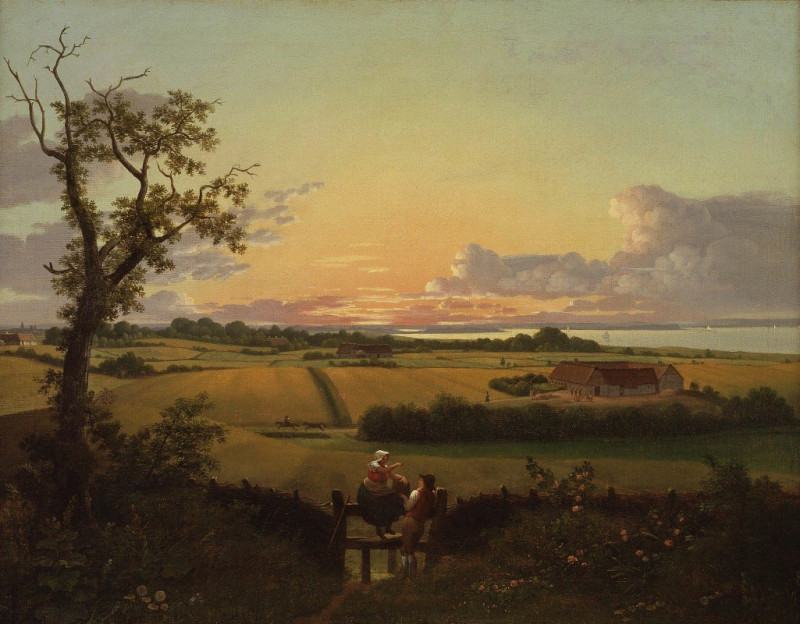
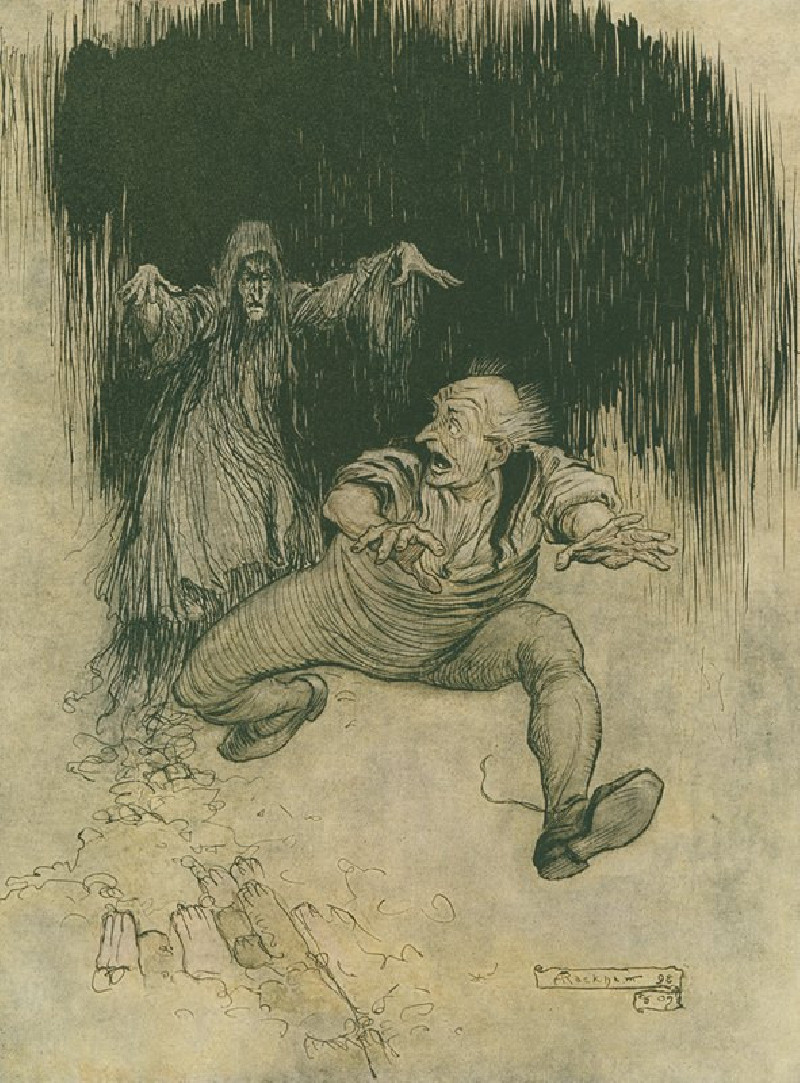
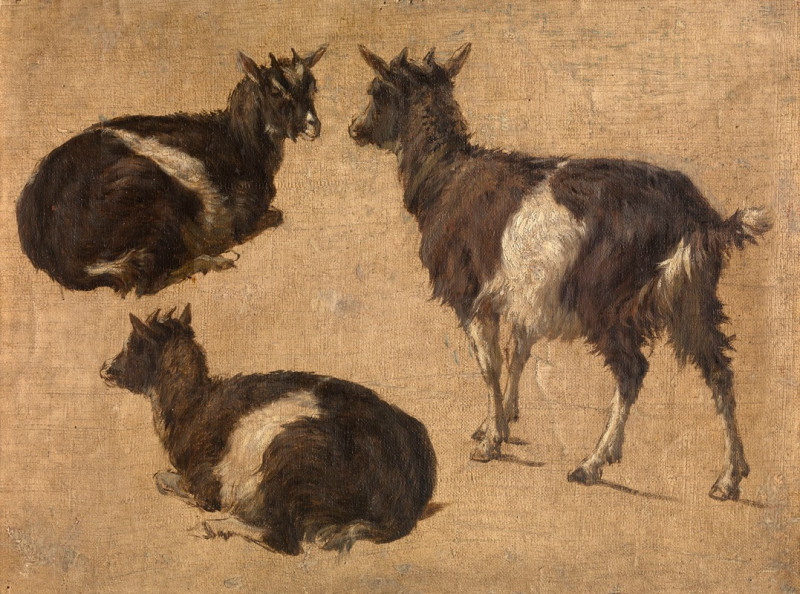
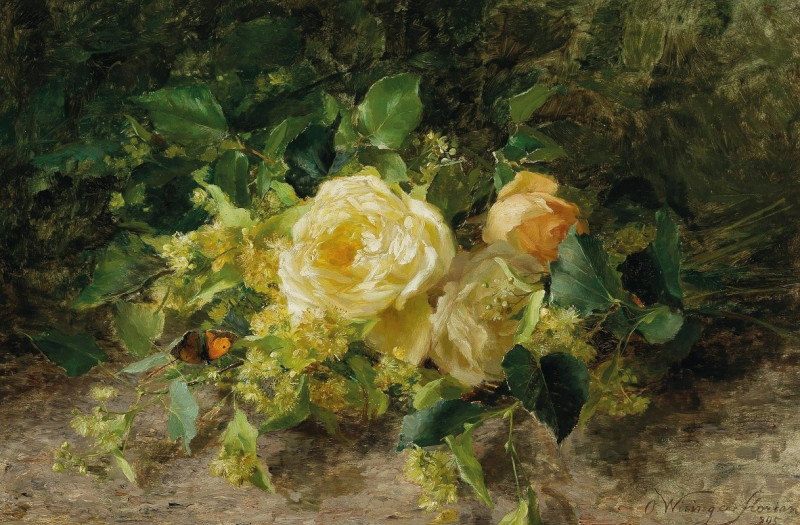
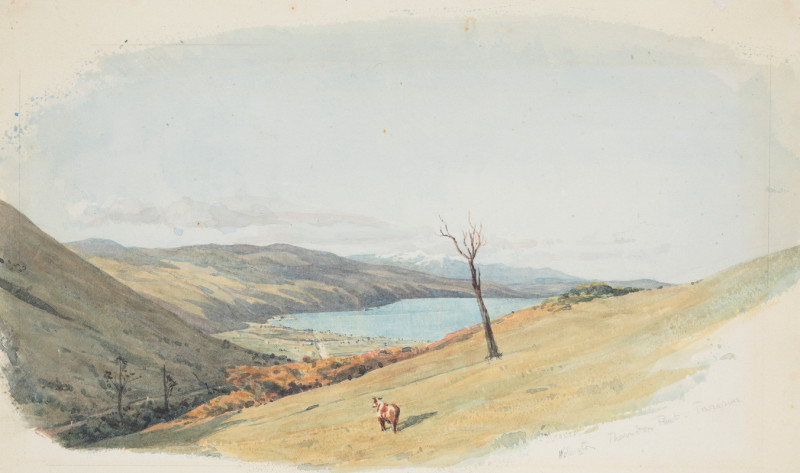

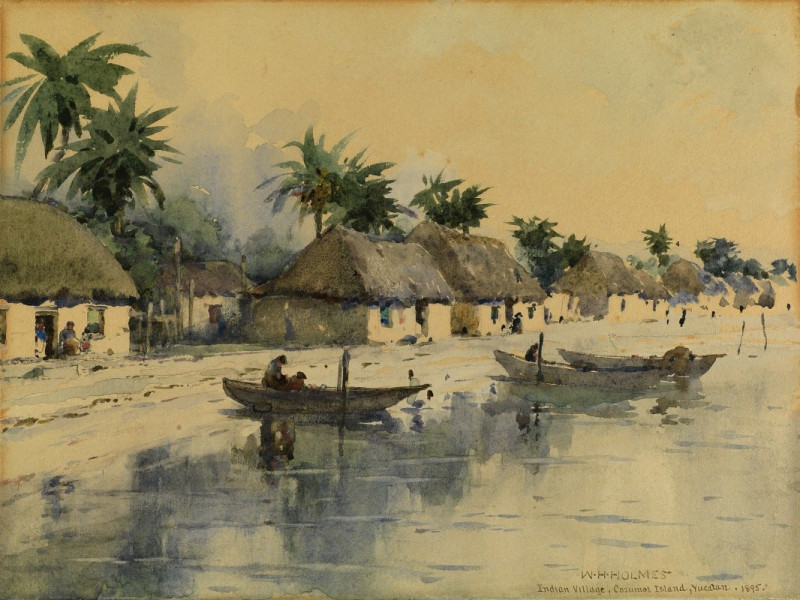
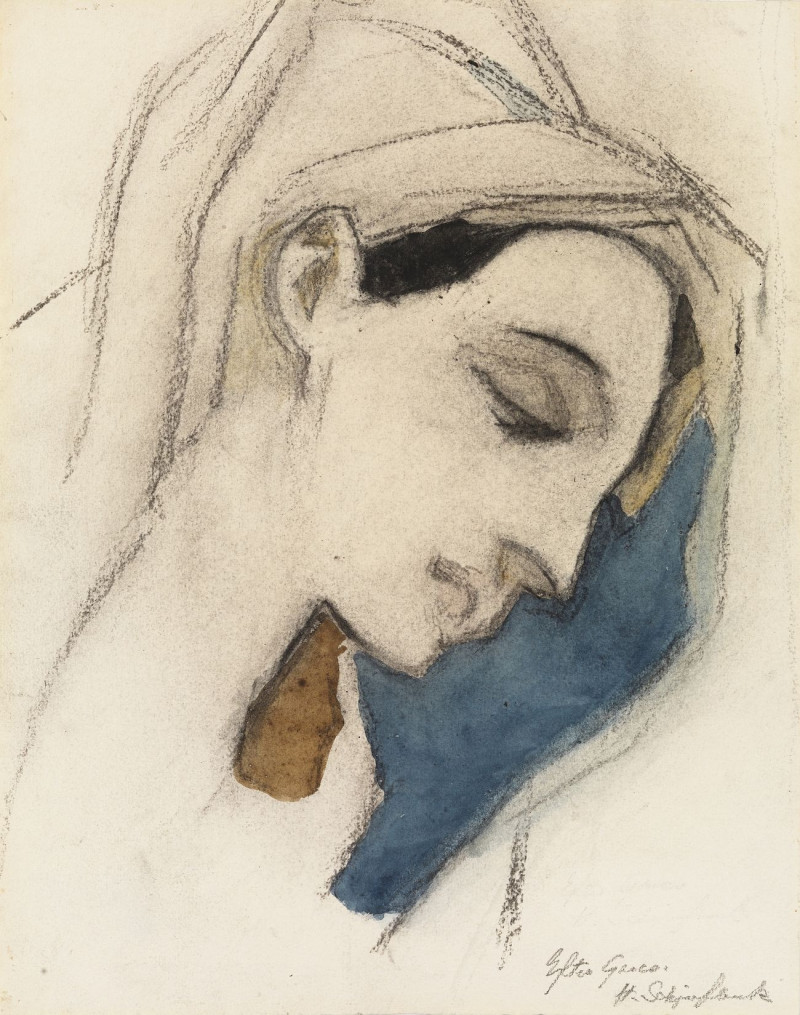
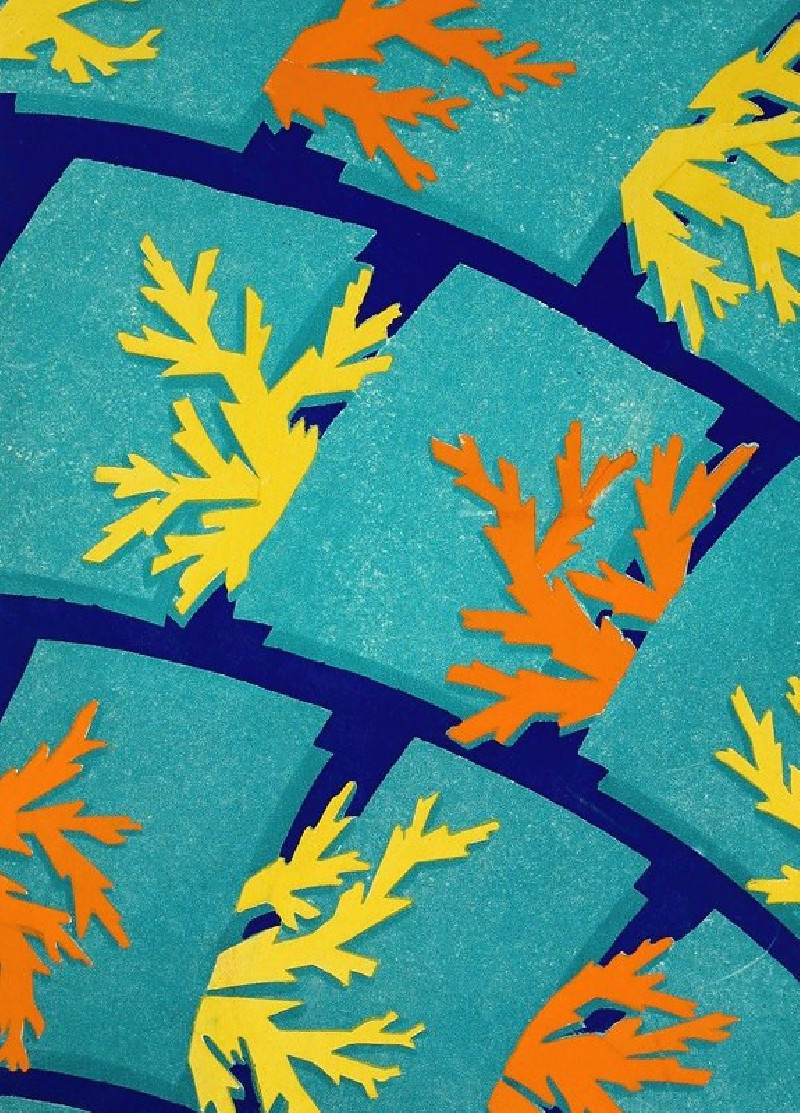
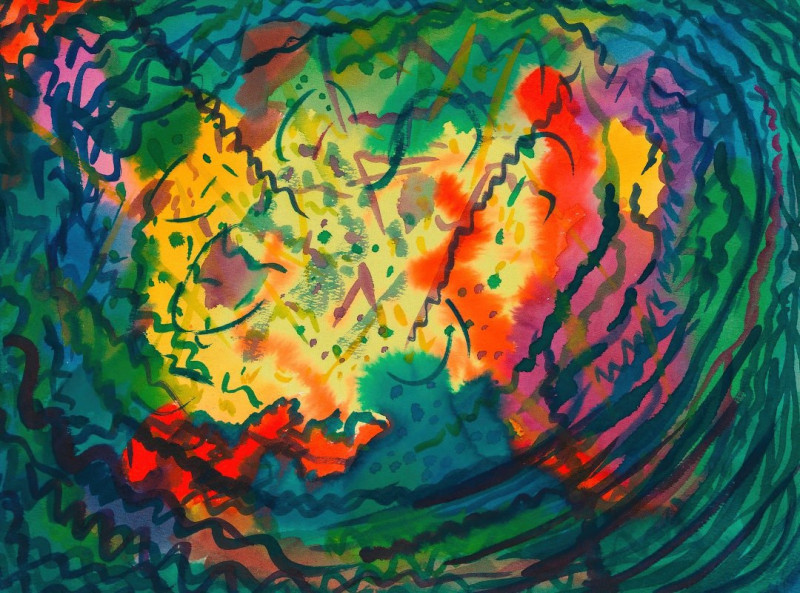
![Dépôt de pavés à Montmartre [Paysage à la charrette] (1889) reproduction of painting by Maximilien Luce. ALL GICLEE PRINTS](https://reprodukcijos.lt/40126-large_default/reproduction-of-depot-de-paves-a-montmartre-paysage-a-la-charrette-1889.jpg)
